
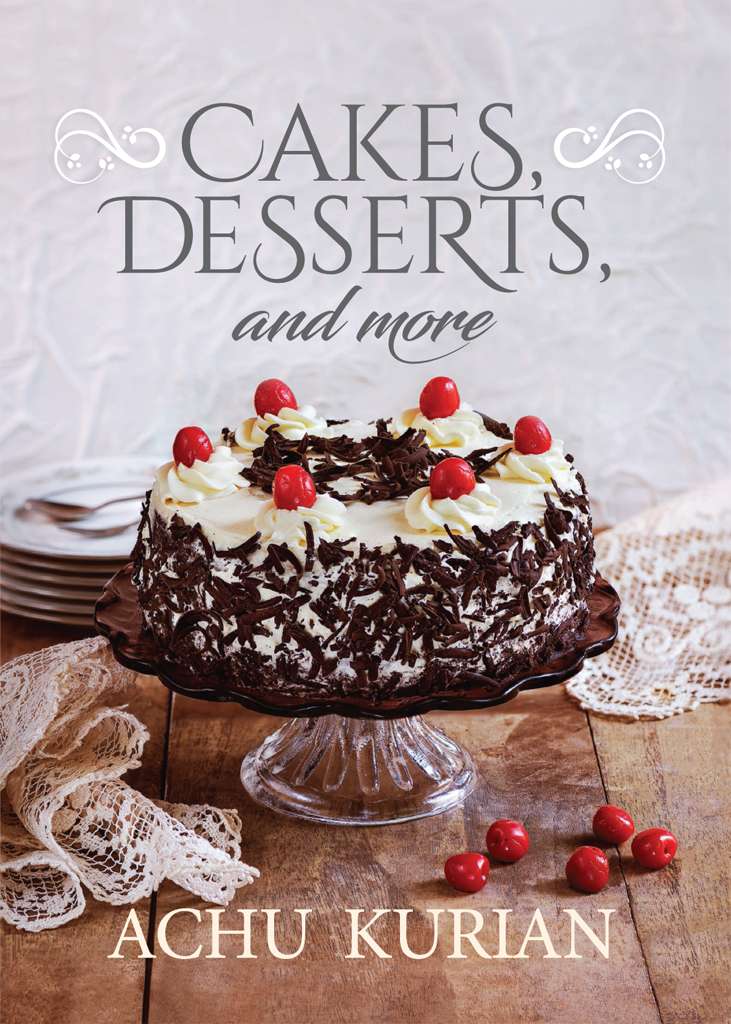 CAKES, DESSERTS, and more From a young age, ACHU KURIAN was fascinated with Syrian Christian cooking. Over time, she experimented with Indian and Continental recipes, and in due course created her own dishes. Very quickly she made a name for herself and her wonderful desserts in Chennai. This book is a culmination of her more than thirty years of expertise in baking.
CAKES, DESSERTS, and more From a young age, ACHU KURIAN was fascinated with Syrian Christian cooking. Over time, she experimented with Indian and Continental recipes, and in due course created her own dishes. Very quickly she made a name for herself and her wonderful desserts in Chennai. This book is a culmination of her more than thirty years of expertise in baking.  CAKES, DESSERTS, and more ACHU KURIAN westland publications ltd 61, II Floor, Silverline Building, Alapakkam Main Road, Maduravoyal, Chennai 600095 93, I Floor, Shamlal Road, Daryaganj, New Delhi 110002 First e-pub edition: 2017 First published by westland publications ltd 2017 Copyright Achu Kurian 2017 Al rights reserved 978-93-86224-53-8 Design: www.seemasethidesign.com Photographs: Sumanth Kumar This book is sold subject to the condition that it shal not by way of trade or otherwise, be lent, resold, hired out, circulated, and no reproduction in any form, in whole or in part (except for brief quotations in critical articles or reviews) may be made without written permission of the publishers. Contents Well made and beautifully decorated cakes and desserts can transform an ordinary meal or get-together into something special and memorable.
CAKES, DESSERTS, and more ACHU KURIAN westland publications ltd 61, II Floor, Silverline Building, Alapakkam Main Road, Maduravoyal, Chennai 600095 93, I Floor, Shamlal Road, Daryaganj, New Delhi 110002 First e-pub edition: 2017 First published by westland publications ltd 2017 Copyright Achu Kurian 2017 Al rights reserved 978-93-86224-53-8 Design: www.seemasethidesign.com Photographs: Sumanth Kumar This book is sold subject to the condition that it shal not by way of trade or otherwise, be lent, resold, hired out, circulated, and no reproduction in any form, in whole or in part (except for brief quotations in critical articles or reviews) may be made without written permission of the publishers. Contents Well made and beautifully decorated cakes and desserts can transform an ordinary meal or get-together into something special and memorable.
No formal meal is complete without a dessert and, even at an informal gathering, desserts are much in demand. Cakes are the centre of attention at birthdays, wedding anniversaries and almost every event held to celebrate a special occasion. For most of us, the aroma of a cake baking in the oven brings back lovely memories of our younger days at home when it would waft from the family kitchen, filling the house with a warm, sweet scent. There are innumerable cake and dessert recipes, many of them ancient. While at one time considerable labour went into making these, today, with the availability of modern gadgets such as electric mixers and gas and electric ovens, the process has become simpler and easier, and even the most amateur cooks can try their hand at it. Modern cakes and desserts typically contain various ingredients which may include a combination of refined flour, sugar, eggs and butter or oil, with leavening agentsyeast or baking powderand sometimes liquids such as milk or water.
Ingredients which enhance flavour, such as vanilla or orange extract, cocoa powder, nuts and dried fruits, are often added and numerous substitutions for these primary ingredients are also freely available. There are cakes and desserts to suit every palate: flourless cakes, eggless cakes and desserts, fruit cakes and cheesecakes. Cakes can be iced with butter cream, fudge or other icings, and decorated with borders or other designs, nuts and candied fruits. The possibilities are endless. A journey starting with a love of good food, building up to a passion for cooking has now culminated in this cookbook on cakes and desserts. Who can resist a delicious dessert at the end of a meal? What joy a beautifully decorated birthday cake can give! An excellent cake or dessert should not only have exquisite taste but it should also be a visual delight.
That is what makes a well-made and beautifully-presented cake or dessert remain strong in our memories, well after the physical taste has drifted away. A special attempt has been made to keep the recipes simple, using ingredients that are easily available so that all the featured cakes and desserts can be made with locally-available cocoa powder, cream cheese, condensed milk and fresh cream. The secret behind delicious taste and lovely texture is precision and accuracy. Be prepared with all the ingredients, collected in advance and kept within reach, and follow the instructions carefully, with precision and accuracy. The result will be well worth the time, effort and care. The entire process from visualizing the cake or dessert to be made, to the selection of the ingredients, with occasional experimentation with new mixes and combinations can be a highly creative and rewarding experience.
The appreciation of those who view and taste your creations will, of course, be the icing on the cake. Happy cooking! 1 Preheat the oven for 10 minutes. Preheating enables the cake to be cooked evenly and at the right temperature when it goes into the oven. 2 Grease the baking tin with butter and dust with flour. You can also line the baking tin with butter paper. 3 Measure your ingredients accurately using measuring cups and spoons.
Once measured, level the ingredients using a knife. 4 Ingredients such as butter, eggs, curd and milk should be at room temperature. 5 Sift the flour with the raising agents 3 times into a bowl. 6 Butter and sugar should be creamed together for at least 5 minutes. 7 Fold the flour/egg whites into the butter carefully and gently. 9 Place the cake tin in the centre of the oven as this will ensure even circulation of air during baking. 10 Wait for three-quarters of the cooking time to elapse if you need to open the oven door to check on the cake. 10 Wait for three-quarters of the cooking time to elapse if you need to open the oven door to check on the cake.
If you open it earlier, the cake will sink. 11 While adding eggs, if too much is added at one time, or added too quickly, before the previous addition is fully amalgamated, the mixture could curdle; this can be rectified by beating in 23 tbsp of flour. Proper measuring is important in baking Before you start cooking, measure and assemble all the ingredients you need. Assemble the utensils you need. Follow the recipe carefully. MEASURING EQUIPMENT Dry ingredients are usually measured by weight. MEASURING EQUIPMENT Dry ingredients are usually measured by weight.
Use a weighing scale with a lever balance or a digital weighing scale. With the lever balance, the levers should be exactly level. In the recipes in this book, I have measured quantities of ingredients by volume, using cups, tablespoons (tbsp) and teaspoons (tsp) as measurements. Standard cups and tablespoons vary from country to country and can be quite different from those used in our homes. MetricBritishAmericanAustralian 1 tsp (5ml) 1 tsp (5 ml) 1 tsp (5 ml) 1 tsp (5 ml) 1 dsp (10 ml) 1 tbsp (15ml) 1 tbsp 1 tbsp (15 1 tbsp (20 (15ml) ml) ml) 1 cup (250ml) 1 cup 1 cup (236 1 cup (250 (284ml) ml) ml) To measure dry ingredients, spoon them lightly into a measuring cup. Do not shake the cup to make it level.
Use a knife to level the ingredient. To measure larger dry ingredients such as coconut, nuts, etc., spoon the ingredient into the cup and pack down lightly. To measure butter, spoon it into the measuring cup and pack down firmly with a spoon to eliminate any air holes. I have used metric measures for the recipes in this book. USING AN OVEN Preheating and cooking times differ from oven to oven. The oven should be heated to the correct temperature otherwise the baking powder in the batter will fail to act.
Preheat the oven after you assemble the ingredients and prepare the cake tin. Try to bake the cake in the centre of the oven for even circulation of air during baking. Oven Temperatures Moderate 150C 300F Gas mark 2 Medium 180C 350F Gas mark 4 PREPARING A CAKE TIN Cake tins have to be prepared properly to ensure that the cake comes out of the tin smoothly. Always prepare the cake tin before making the batter. Non-stick cake tins do not need greasing. Preparing a Cake Tin with Butter and Flour First brush the tin with melted butter. Preparing a Cake Tin with Butter and Flour
Next page


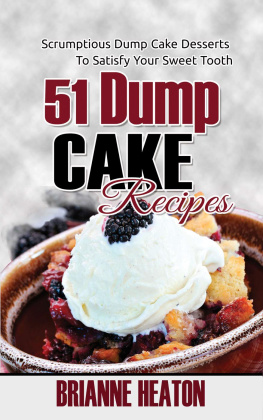
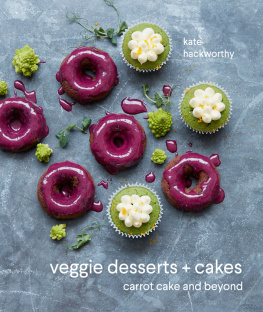
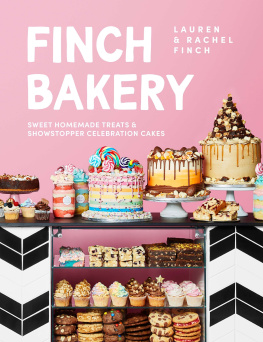
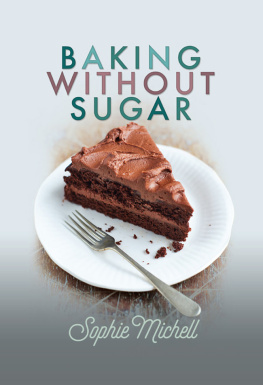
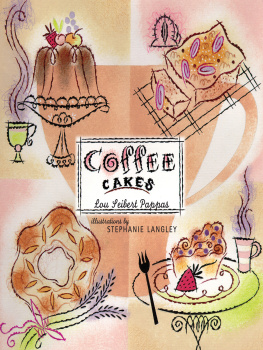
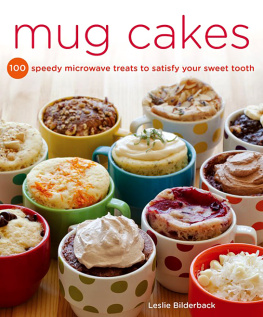
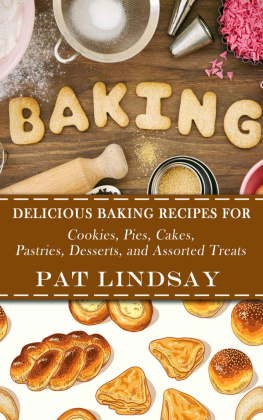
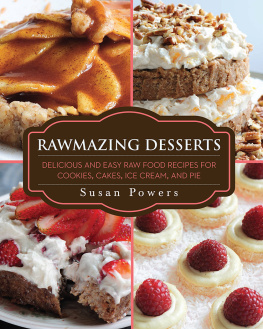

 CAKES, DESSERTS, and more From a young age, ACHU KURIAN was fascinated with Syrian Christian cooking. Over time, she experimented with Indian and Continental recipes, and in due course created her own dishes. Very quickly she made a name for herself and her wonderful desserts in Chennai. This book is a culmination of her more than thirty years of expertise in baking.
CAKES, DESSERTS, and more From a young age, ACHU KURIAN was fascinated with Syrian Christian cooking. Over time, she experimented with Indian and Continental recipes, and in due course created her own dishes. Very quickly she made a name for herself and her wonderful desserts in Chennai. This book is a culmination of her more than thirty years of expertise in baking.  CAKES, DESSERTS, and more ACHU KURIAN westland publications ltd 61, II Floor, Silverline Building, Alapakkam Main Road, Maduravoyal, Chennai 600095 93, I Floor, Shamlal Road, Daryaganj, New Delhi 110002 First e-pub edition: 2017 First published by westland publications ltd 2017 Copyright Achu Kurian 2017 Al rights reserved 978-93-86224-53-8 Design: www.seemasethidesign.com Photographs: Sumanth Kumar This book is sold subject to the condition that it shal not by way of trade or otherwise, be lent, resold, hired out, circulated, and no reproduction in any form, in whole or in part (except for brief quotations in critical articles or reviews) may be made without written permission of the publishers. Contents Well made and beautifully decorated cakes and desserts can transform an ordinary meal or get-together into something special and memorable.
CAKES, DESSERTS, and more ACHU KURIAN westland publications ltd 61, II Floor, Silverline Building, Alapakkam Main Road, Maduravoyal, Chennai 600095 93, I Floor, Shamlal Road, Daryaganj, New Delhi 110002 First e-pub edition: 2017 First published by westland publications ltd 2017 Copyright Achu Kurian 2017 Al rights reserved 978-93-86224-53-8 Design: www.seemasethidesign.com Photographs: Sumanth Kumar This book is sold subject to the condition that it shal not by way of trade or otherwise, be lent, resold, hired out, circulated, and no reproduction in any form, in whole or in part (except for brief quotations in critical articles or reviews) may be made without written permission of the publishers. Contents Well made and beautifully decorated cakes and desserts can transform an ordinary meal or get-together into something special and memorable.